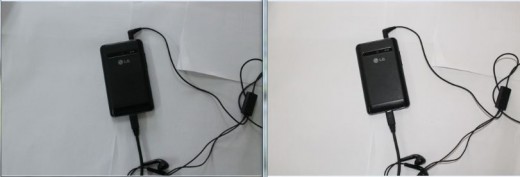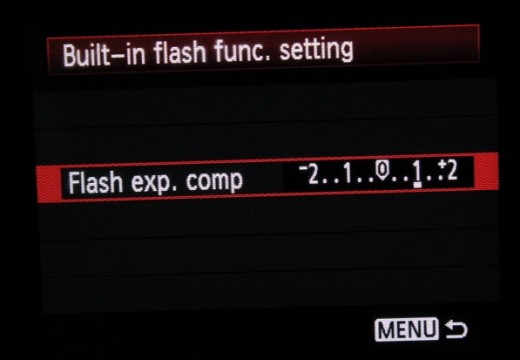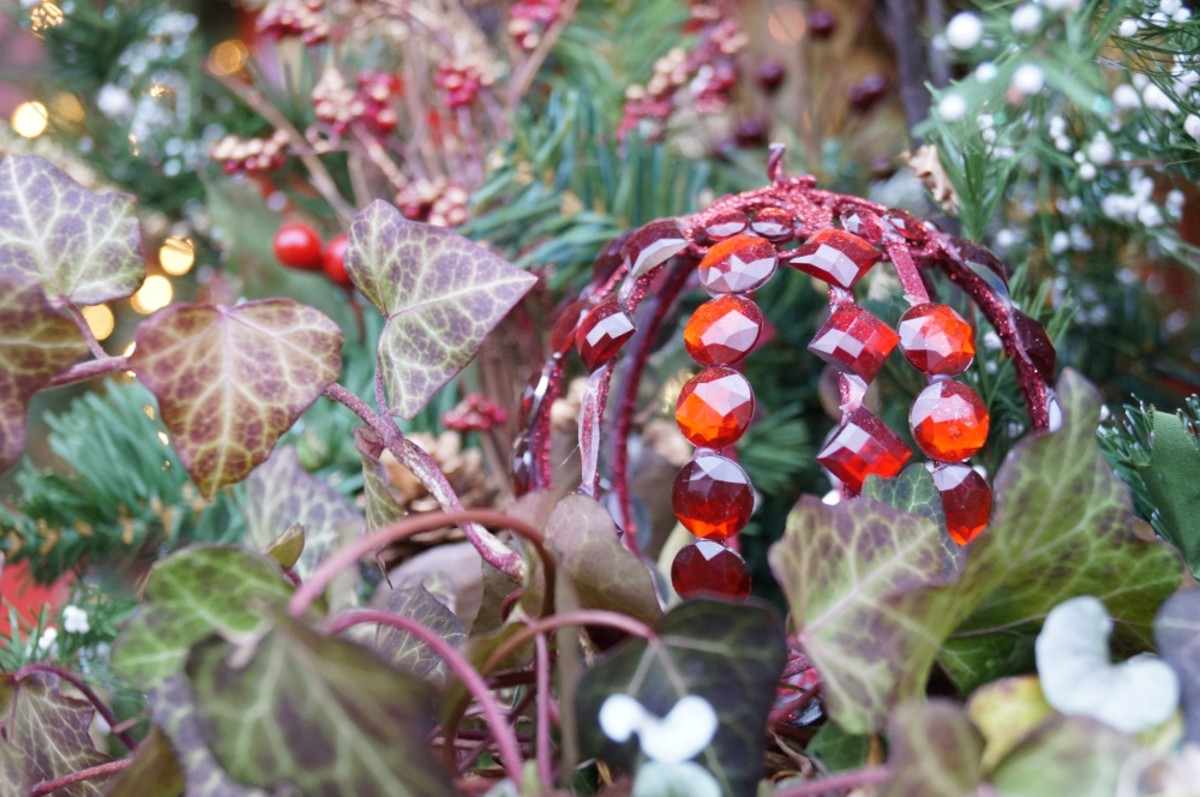How you can use Flash during the day
Using Flash during the day
I have always found out during the day, I will go for a shoot session expecting balanced natural lighting and hoping to capture best shot without straining too much. But even on a sunny day you might get surprised after you find out that your image are not exposed as you expected. It needs your creativity not to ruin a natural light in order to achieve good exposure.
I once came across a situation whereby I wanted to take a shot of a person showing his vast ranch at the background. The brightness of the sun exposed the background very well but unfortunately ended up having his face filled with shadows since he was facing away from the sun. I had to find a way of improving the subject without blowing out the background.
The first thing you should figure out is how you want to expose your background. You should first take a shot without using your flash and see how your background comes out. If it is over-exposed makes sure to darken using the exposure settings by increasing the shutter speed, opening up the aperture or increasing the ISO.
I can use the flash outside on a person even when there are no shadows because I find that it makes them look alive e.g. by adding spackle to the eyes.
Another situation you may encounter is when there is so much light coming in from the background. For instance when there is a lot of light coming through the windows at the background, the subject in the room might get under-exposed.

The same will apply when you have a room that is not well lit depending on the sources of light. The flash will help you to lighten up the subjects as well as the walls.

Also when you encounter subjects placed under a shade, it means your camera might not get the right exposure due to high contrast in lighting.
If you want to avoid high contrast in lighting you should consider taking your shots early morning or in the evening. But sometimes its not your choice to dictate the time you want to do your photography or you don't have the ability to move the subject to a more favourable lit position , therefore if you must take shot when the sun is too bright, then you have to find a way to ensure the background and your images are all well exposed.
One of the main reasons why I prefer using the flash outdoors is because of uneven distribution of lighting. If there are elements in the scene that I want to include in my shot I strive to ensure that they can be seen clearly without having an under exposure or over exposure. If there is too much brightness coming from the background, the camera will adjust itself to allow less light to prevent an over exposure of the background, so if your subject is not illuminated well it will come out under-exposed.
Many cameras come with an in-built flash that work fairly well. When using the flash during the day it will depend on how pronounced the shadows are to determine the amount of light whereby you can reduce the amount of light being emitted by your flash using some DSLR cameras; this is referred as flash exposure compensation.

The in-built flash works just fine mostly when the subjects are not far from the camera. So you need an external flash if you are shooting at longer distances and when you want to have more control over the amount of light that comes out of the flash since external flash emit more light.
Another way to determine whether the amount of light coming out of the flash is enough is to use flash bracketing that where you are able to shoot three continuous shots with varying amount flash light.
If the flash light is too harsh even at the minimum, you should consider bouncing the flash light. The flash light is bounced off a surface before it reaches the subject. This makes it look more of a natural light. It also reduces the red-eye effect created by direct flash.








